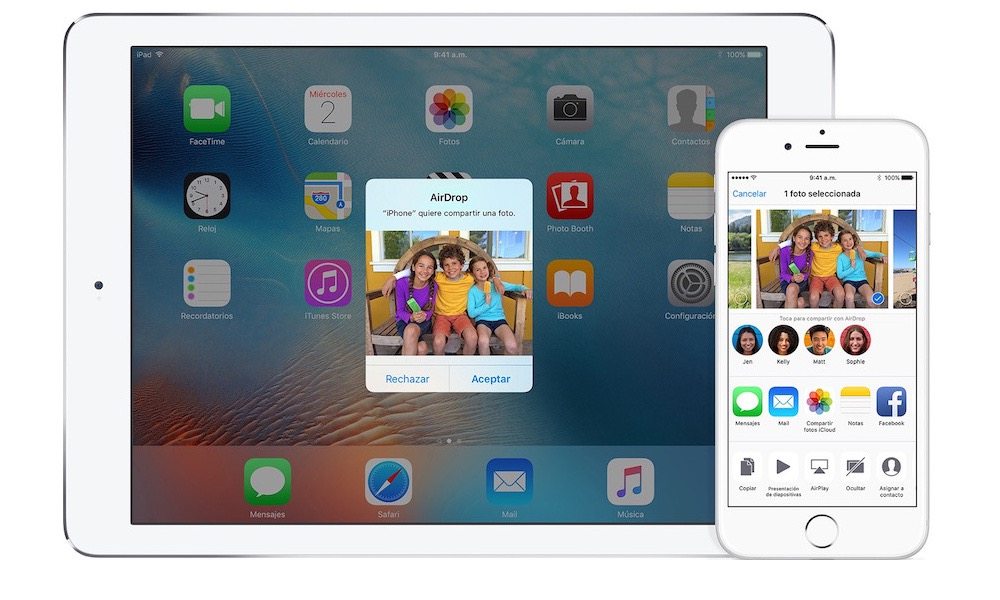Why iOS 9.2 (and up) Continues to Suffer from Bluetooth Connectivity Issues

Toggle Dark Mode
Each successive update to Apple’s iOS tends to bring along with it a plethora of software and user interface enhancements. However, as we’ve seen several times in the past, some updates actually tend to cause certain software-related features to no longer work properly, which can be a major headache for users especially if they rely on the products and features that were compromised to begin with.
And while Apple, in particular, is usually quite efficient when it comes to responding to such software issues, sometimes not even the Cupertino-company has control over certain aspects of its own mobile operating system.
Let’s take a look at the December 8, 2015 release of iOS 9.2, for example, to solidify that sentiment: The iOS 9.2 update, among other things, was slated to bring huge advancements to the Apple Music interface — specifically, audio streaming enhancements to Silicon Valley’s hottest mobile OS.
However, as some users unfortunately learned in the short aftermath of updating their iDevices, the update also caused some rather frustrating and unfavorable, underlying issues with their device’s Bluetooth connectivity to materialize.
Specifically, several users — including those hoping to pair their iDevices with a Bluetooth-enabled car interface, or an assistive technology device (i.e., certain hearing aids) — reported experiencing difficulties pairing and maintaining a strong, consistent connection, or even establishing one at all, with those devices.
And considering how many of these connectivity issues still persist to this day, some are perhaps wondering how such issues could go on unchecked for so long.
For that reason, we think it’s important to understand two key variables: 1) What is Bluetooth technology? and 2) why isn’t Apple working harder to rectify this issue?
But perhaps most importantly, you might be wondering, “how can I just get my darned Bluetooth working again?”
First and foremost, Bluetooth technology — aside from being a wireless standard by which we can connect devices and peripherals with one another over short ranges — is largely managed by the Bluetooth Special Interest Group (Bluetooth SIG), an internationally regulated consortium of partners, who ultimately maintains the lion’s share of control over the entire range of protocols under which mostly all Bluetooth frequencies operate.
In other words, Bluetooth is not necessarily a device specific feature; but rather, it’s a one-size-fits-all type of technology, capable of pairing even the simplest devices to work in dichotomy with one another.
Apple is a member of the top-tier group of Bluetooth SIG constituents — a category known as the promoters, who are capable of exerting the most influence on the wireless protocol in its various iterations. Currently, the standard is cruising along at Bluetooth 4.2.
“So what’s actually causing the current connectivity issues, and is there a way to fix them?”
The latest standard of Bluetooth — version 4.2 — was introduced back in December of 2014. However, the Bluetooth SIG — in collaboration with big tech players such as Apple, IBM, Microsoft, and Nokia, among others — approved and pushed through a series of addendum’s and changes to the platform, which were adopted by most Bluetooth SIG hardware partners around December of the following year (2015).
According to AppleInsider, it appears that those approved changes ‘just so happened’ to take effect around December 8, 2015 — which was not only within the relative timeframe of iOS 9.1’s shift to 9.2, but also responsible for many of the inherent connectivity issues that some users are still experiencing to this day.
In particular, these issues appear to effect users trying to connect their iDevices to either a Bluetooth-enabled car audio interface, or persons with disabilities attempting to pair their peripheral devices — such as Bluetooth-enabled hearing aids, for instance — to an iPhone or iPad for the sake of accessibility.
As a natural defense, many might be quick to point the finger at various hardware manufacturers as being both the cause and solution for these inherent connectivity issues; however, as AppleInsider notes, there’s really no justification to single out one entity, in particular.
Apple, for its part, has done a fairly good job of updating iOS in order to try and rectify these issues; however, it’s also important to note that Apple only has control over Apple devices — and software — not 3rd party entities who create devices that are unable to connect and stream audio via Bluetooth.
Of course, when it comes to anything technology-related — and specifically Apple — a firm that has historically stayed on top of software updates and hardware integration — the beat goes on. Firmware updates from hardware manufacturers are about as par for the course as you can get; and so, that said, we honestly believe that, even though these issues may inherently plague some users, Apple will, in the not too distant future, release a firmware that specifically addresses them.
Anecdotally, it seems as if updating your iPhone to iPad to iOS 9.3.3 will solve most of your Bluetooth issues. If you’re waiting for Apple’s iOS 1o to be released to update, in the interim, it’s possible that Apple users experiencing these issues can try to reset and then re-pair their peripherals and iPhone or iPad. However, that’s not guaranteed to fix anything, but it’s worth a shot.
Have you experienced issues when pairing your iOS 9.2-powered iDevice with a car audio interface or assistive technology device? Let us know in the comments!






